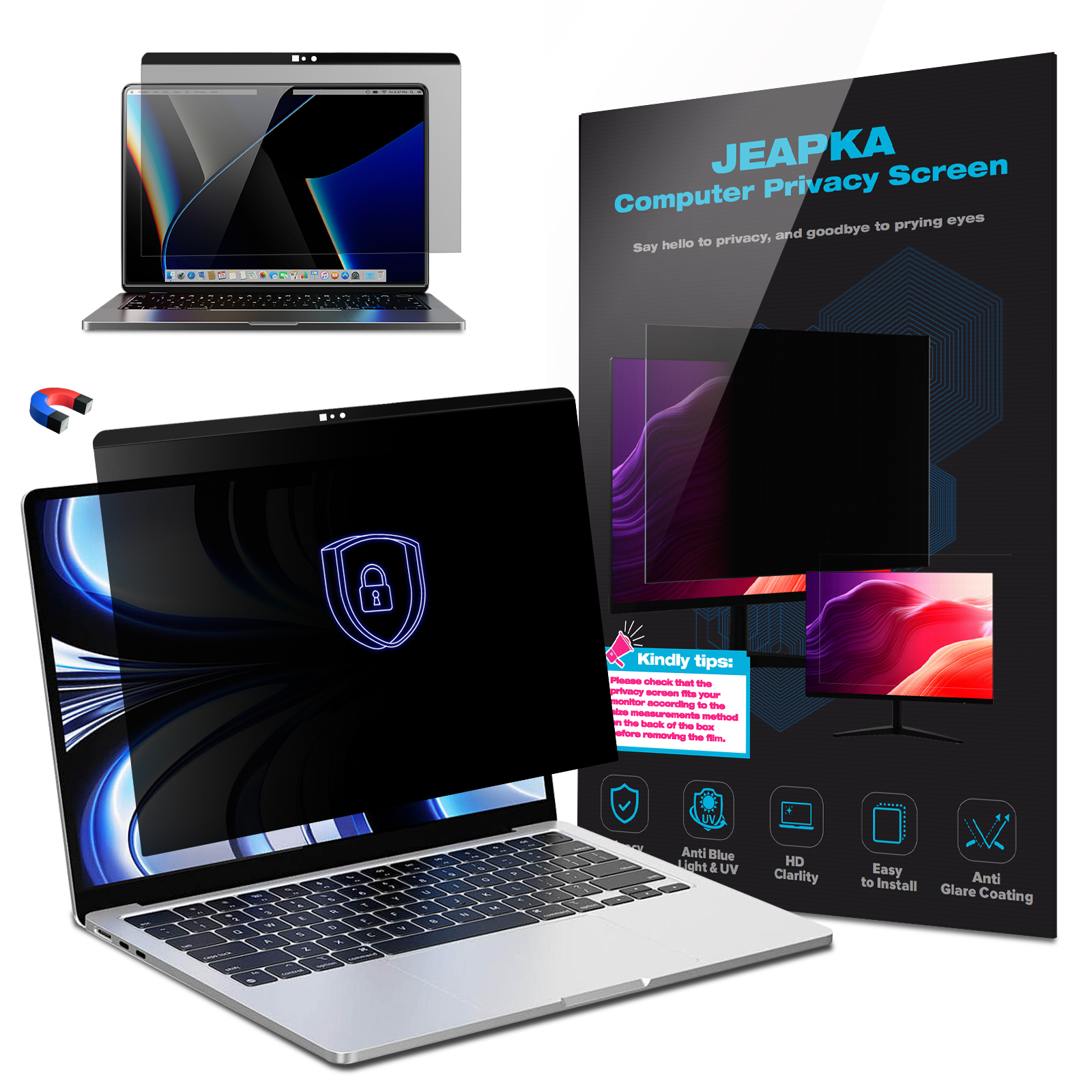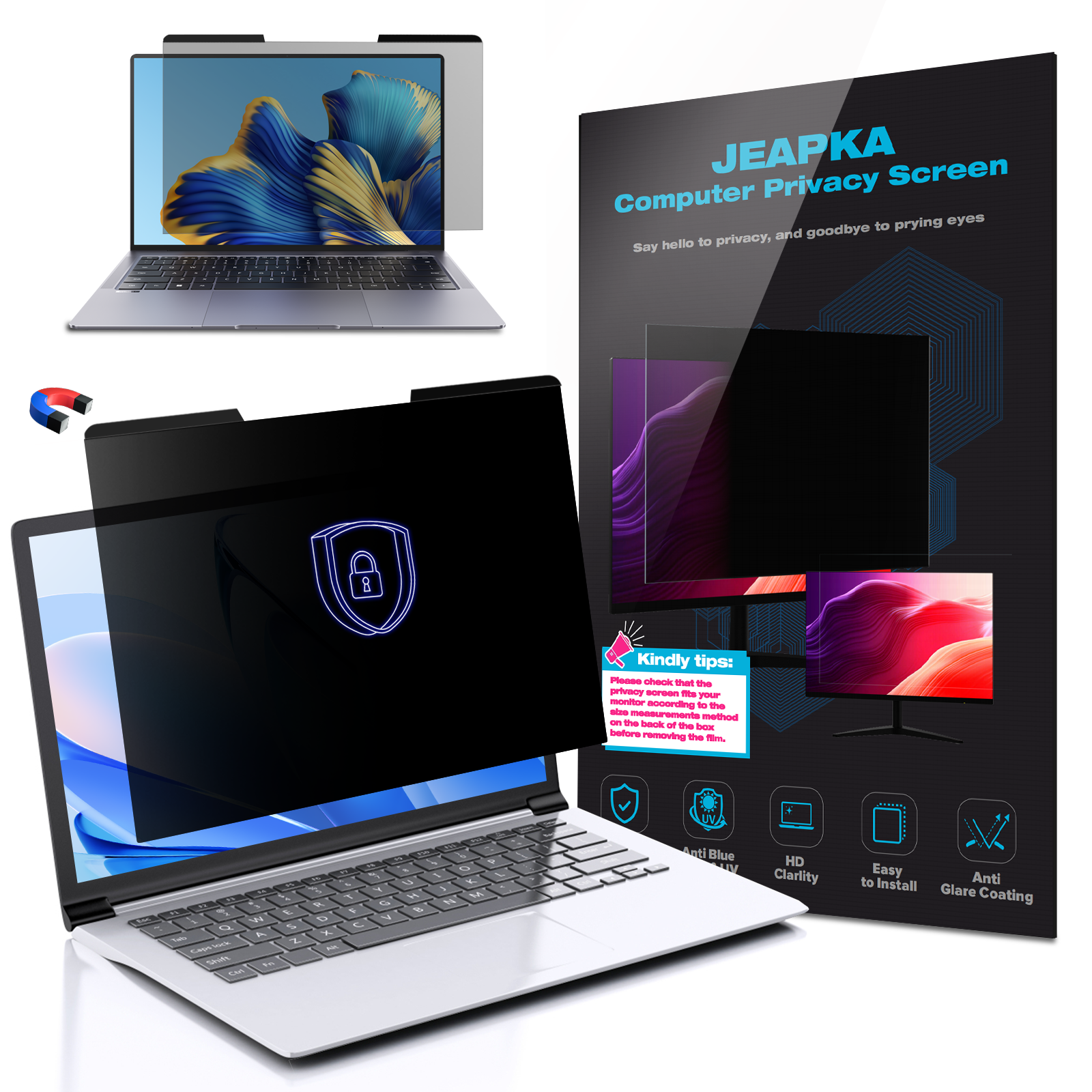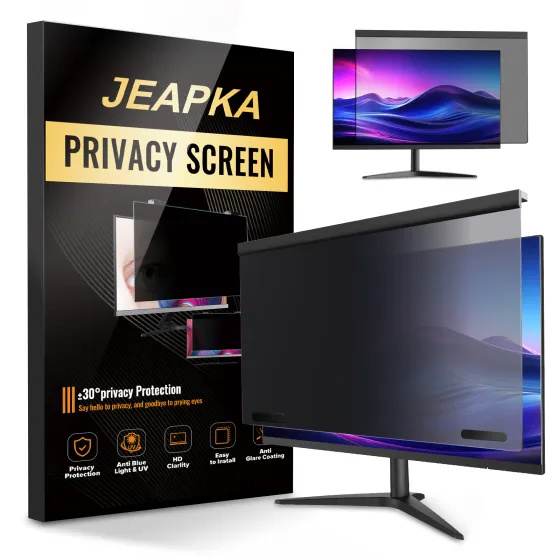Get JEAPKA Product News, Webinars and Promos Directly to Your inbox.
Subscribe Now
Enhancing Privacy in the Digital Workspace: The Essential Guide to Screen Privacy Filters
Release time:
2025-04-21
In an era where data breaches and privacy concerns are paramount, maintaining confidentiality in the workplace has never been more vital. One effective solution for safeguarding on-screen information is the use of screen privacy filters. These innovative accessories serve as a protective shield, ensuring that sensitive data remains visible only to the user directly in front of the screen.
A screen privacy filter operates on a simple yet effective principle: it narrows the viewing angles of the display. When viewed from the side, the screen appears dark or obscured, preventing prying eyes from accessing confidential information. This feature is especially beneficial for professionals who work in public spaces, such as coffee shops or shared office environments, where unauthorized viewing can pose a significant risk.
In addition to promoting privacy, screen privacy filters can also reduce glare and enhance screen clarity. Many of these filters are designed with anti-glare technology, which minimizes reflections from ambient light sources, thereby improving visibility. This dual functionality is advantageous for individuals who spend long hours in front of their screens, as it can help reduce eye strain and fatigue.
When selecting a screen privacy filter, it is crucial to consider the type of display and its dimensions. Filters are available for various screen sizes and types, including laptops, monitors, and tablets. Ensure that you choose a filter that fits perfectly to maximize effectiveness. Additionally, many filters come with easy installation options, including adhesive or magnetic attachments, allowing for quick and convenient application.
Another key aspect to consider is the level of privacy required. Some screen privacy filters offer different privacy levels, allowing users to choose how much protection they need based on their working environment. For instance, a more stringent privacy filter may be suitable for high-security settings, while a standard filter may suffice for less critical situations.
Moreover, screen privacy filters contribute to the longevity of your devices. By acting as a protective layer, they help prevent scratches and damage to the screen surface. This added protection is essential for maintaining the aesthetic and functional integrity of your devices over time.
In conclusion, incorporating a screen privacy filter into your professional toolkit is a wise investment. Not only do they enhance privacy and safeguard sensitive information, but they also improve overall screen usability. As the need for confidentiality in the workplace continues to grow, the importance of screen privacy filters will undoubtedly be recognized by more professionals seeking to protect their digital workspace.
A screen privacy filter operates on a simple yet effective principle: it narrows the viewing angles of the display. When viewed from the side, the screen appears dark or obscured, preventing prying eyes from accessing confidential information. This feature is especially beneficial for professionals who work in public spaces, such as coffee shops or shared office environments, where unauthorized viewing can pose a significant risk.
In addition to promoting privacy, screen privacy filters can also reduce glare and enhance screen clarity. Many of these filters are designed with anti-glare technology, which minimizes reflections from ambient light sources, thereby improving visibility. This dual functionality is advantageous for individuals who spend long hours in front of their screens, as it can help reduce eye strain and fatigue.
When selecting a screen privacy filter, it is crucial to consider the type of display and its dimensions. Filters are available for various screen sizes and types, including laptops, monitors, and tablets. Ensure that you choose a filter that fits perfectly to maximize effectiveness. Additionally, many filters come with easy installation options, including adhesive or magnetic attachments, allowing for quick and convenient application.
Another key aspect to consider is the level of privacy required. Some screen privacy filters offer different privacy levels, allowing users to choose how much protection they need based on their working environment. For instance, a more stringent privacy filter may be suitable for high-security settings, while a standard filter may suffice for less critical situations.
Moreover, screen privacy filters contribute to the longevity of your devices. By acting as a protective layer, they help prevent scratches and damage to the screen surface. This added protection is essential for maintaining the aesthetic and functional integrity of your devices over time.
In conclusion, incorporating a screen privacy filter into your professional toolkit is a wise investment. Not only do they enhance privacy and safeguard sensitive information, but they also improve overall screen usability. As the need for confidentiality in the workplace continues to grow, the importance of screen privacy filters will undoubtedly be recognized by more professionals seeking to protect their digital workspace.
Related News












